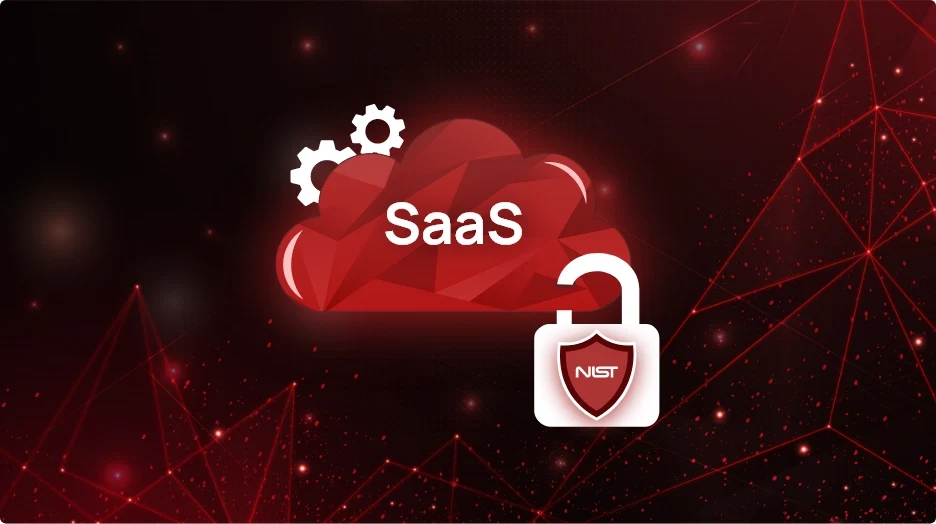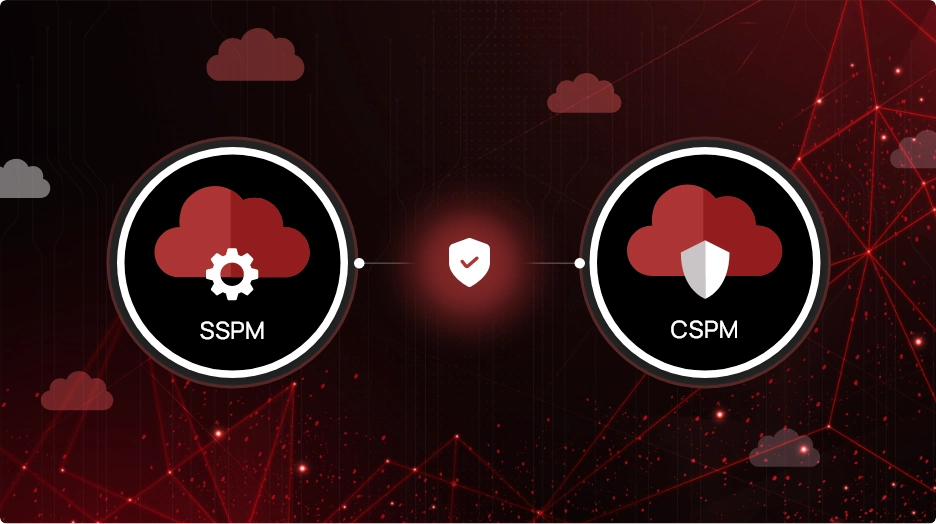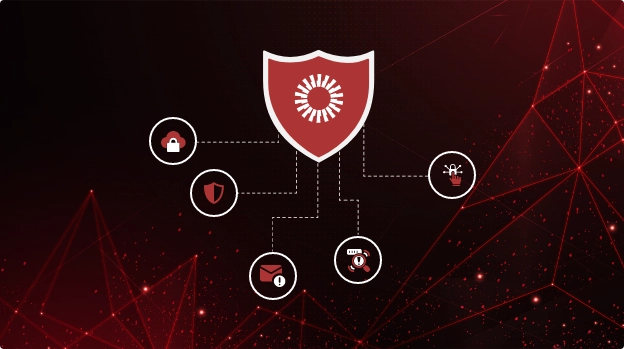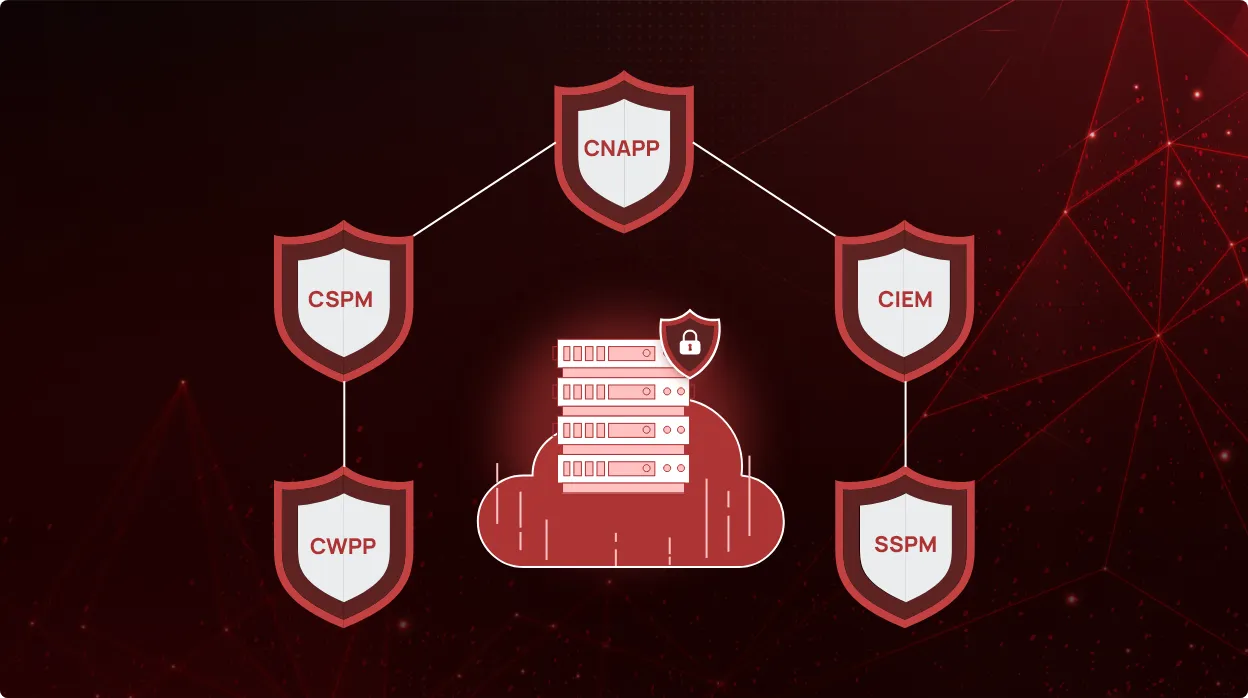NIST CSF 2.0 Revolutionizes Governance Model for SaaS Applications

Have you ever thought about the changing landscape of SaaS applications in the light of recent advancements? The NIST CSF 2.0 has the potential to transform governance models and bring about a new era of change and innovation. Let’s delve into the implications for SaaS applications and how companies can adapt to this exciting change.
In the digital age, Software as a Service (SaaS) applications have become the backbone of modern businesses, offering unparalleled flexibility, scalability, and accessibility. However, as organizations increasingly rely on SaaS solutions for critical operations, ensuring robust governance and cybersecurity becomes paramount.
Enter the National Institute of Standards and Technology (NIST) Cybersecurity Framework (CSF) 2.0, a comprehensive set of guidelines designed to fortify cybersecurity practices across various industries. In this blog post, we’ll explore how the NIST CSF 2.0 can significantly impact and improve governance for all SaaS applications.
Enhancing Governance for SaaS Applications with NIST CSF 2.0
Understanding NIST CSF 2.0
The NIST CSF 2.0 provides a flexible and risk-based approach to cybersecurity, enabling organizations to assess and enhance their security posture effectively. This new version brings a fresh perspective on governance models, emphasizing the importance of proactive measures and adaptability. It consists of six core functions: Governance, Identify, Protect, Detect, Respond, and Recover. These functions are further divided into categories and subcategories, offering organizations a structured framework to manage and mitigate cybersecurity risks.
Key Benefits of Implementing NIST CSF 2.0
Implementing the NIST CSF 2.0 framework can bring numerous benefits to organizations utilizing SaaS applications. These include improved threat detection capabilities, enhanced risk management processes, streamlined compliance efforts, and increased overall cybersecurity resilience.
Strengthening Security Posture with NIST CSF 2.0
One of the primary goals of the NIST CSF 2.0 framework is to help organizations strengthen their security posture by implementing proactive security measures and robust governance practices. By leveraging the framework’s guidelines, organizations can better protect sensitive data, mitigate security risks, and respond effectively to security incidents.
Strengthened Data Protection
SaaS applications often handle sensitive data, making data protection a top priority. The Protect function of the NIST CSF 2.0 emphasizes implementing safeguards to ensure the confidentiality, integrity, and availability of data. By adopting the recommended security controls, organizations can significantly mitigate the risk of data breaches and unauthorized access.
Enhanced Risk Management
By aligning with the NIST CSF 2.0, organizations can conduct comprehensive risk assessments specific to their SaaS applications. This enables them to identify potential threats, vulnerabilities, and associated risks, allowing for informed decision-making and prioritization of security measures.
Best Practices for Governance of SaaS Applications
When it comes to governing SaaS applications, organizations should adhere to best practices outlined in the NIST CSF 2.0 framework. This includes conducting regular security assessments, implementing strong access controls, monitoring user activities, and ensuring data encryption both at rest and in transit.
Ensuring Compliance and Regulatory Alignment
By following the guidelines set forth in the NIST CSF 2.0 framework, organizations can ensure compliance with various regulatory requirements, such as GDPR, HIPAA, and PCI DSS and other industry best practices. This alignment not only helps organizations avoid potential fines and penalties but also builds trust with customers and stakeholders.
Conclusion
In conclusion, enhancing governance for SaaS applications with the NIST CSF 2.0 framework is essential for organizations looking to improve their security posture, manage risks effectively, and maintain regulatory compliance. By following the best practices outlined in the framework, organizations can better protect their data, systems, and overall business operations.


